Retro designs have been appearing throughout the 21st century so far… but why are they so popular?
It’s that time again. Another year has been and gone, and 2019 was one striking once more for the sheer volume of rose-tinted output from the car industry.
From the questionable Bugatti Centodieci, VW ID Buggy and Ford Mustang Mach-E, the downright bizarre Vision Mercedes Simplex to the undeniably attractive Hyundai 45 and its probable inspiration, Honda’s E, retro-influenced designs have again made the headlines these past twelve months.
– Recent ‘throwback’ designs
Even more remarkably, it seems now that for some, merely referencing history is no longer enough, nothing short of recreating yesterday’s heroes like-for-like will suffice. To this end, we’ve seen Jaguar (E-Type Lightweight ‘Missing Six’), Aston Martin (DB4 GT Zagato Continuation) and most recently Bentley (Blower Continuation Series) churning out brand-new examples of archival models.
– Continuation cars
Of course, the past has long been a place of refuge for the car industry in tough times. The first serious exercise in retro by a major manufacturer, Nissan’s ‘Pike’ series, arrived at a time of economic downturn and to a public which was, for perhaps the first time, starting to actually care about tricky issues such as safety and the environment.
– Nissan’s four Pike cars (Figaro, PAO, Be-1, S-Cargo)
Volkswagen’s millennium bug, the New Beetle (together with the BMW Mini, Chrysler PT Cruiser, Ford Thunderbird et al.), came along just as the world was staring down the barrel of its electronic namesake (or so we thought), and it’s certainly no coincidence that Wolfsburg’s recent ID Buzz and Buggy were conceived amidst the ‘Dieselgate’ storm.
Clearly, recent times have been nothing if not turbulent for the automotive establishment. With unprecedented regulation, insurgent tech-startups and growing uncertainty as to the future of personal transportation full stop, it’s hardly surprising many are harking back to simpler, freer days for inspiration.
– The retro trend isn’t new, of course…
But it’s not just the car industry which has taken a battering these past few years, its trials and tribulations are perhaps mere side-effects of the greater malaise which has (arguably) engulfed the entirety of Western civilisation ever since the dark ‘Credit Crunch’ days of 2008.
Economic stagnation, political upheavals, terror threats, climate crisis and an ever-ageing populace have combined to ensure the West’s collective mood has been one of plodding melancholy, punctuated only by intermittent spikes of anxiety. Small wonder then, that the 2010s seem to have incubated a particularly virulent strain of the nostalgia bug, not just in the auto industry, but everywhere else too.
From the unashamedly backward-looking politics of “Make America Great Again” to a seemingly endless stream of film remakes, ‘90s fashion revivals, smash-hit period TV (Downton Abbey, Peaky Blinders) and revivals of forgotten tech – such as film cameras and vinyl records. When even the ultra-youthful world of pop music starts openly pining for yesteryear, it’s clear we have an epidemic on our hands.
And it’s that predisposition to ‘early onset’ nostalgia amongst younger people, specifically the millennial generation, which seems particularly remarkable to many – even this millennial writer will, much like Charli XCX, admit to a certain wistfulness for the halcyon days of 1999. Whilst regaling others with tales of ‘your day’ is a cliché of growing older, such backward-looking tendencies amongst those in the supposed ‘prime’ of life look (and feel) rather odd.
But though this may be something of a head-scratcher for psychologists, for marketeers it’s more akin to a golden bullet. Whilst (as a generalisation) older consumers were perhaps always fond of ‘the good old days’, harking back to times of yore has proven one of the few reliable ways for businesses to woo the elusive Generation Y – a group born and raised in an era of perhaps unprecedented optimism and idealism, only to come of age into a far bleaker, post-2008 adult world of student debt, ‘zero hour’ job contracts and ‘pod living’. A generation which, perhaps more than any other, collectively yearns for its lost childhood.
Just as such cravings for an idealised past might be appeased by a garish Kappa sweatshirt, musical ode to the nineties or a few hours spent pursuing Pokémon, they may just as easily be topped-up by the four-wheeled equivalent of ‘throwback Thursday’ – a special edition Fiat 500, Mini or even (eventually) an all-electric Volkswagen Microbus.
But is this retro itch really one we should collectively scratch so much?
From the point-of-view of what are now sneeringly referred to as ‘legacy’ car manufacturers, the answer has to be ‘why the hell not?’ When you have (in many cases) a glittering back catalogue spanning a century or so, it would be madness not to exploit, or at least lean on, such heritage.
– Historic car makers are embracing the love for throwbacks, to their advantage
Yesterday’s warm fuzzy glow is one thing (among relatively few) that Volkswagen, Ford, Fiat, Honda or even Hyundai can conjure which Tesla, Rivian, Great Wall and next year’s tech-wunderkind simply cannot. For the beleaguered establishment, 20th Century revivalism has often provided just about as easy a payday as it’s possible to imagine – short of vomiting up another SUV – and, given millennial tendencies, might yet prove a crucial weapon in the battle to remain relevant into the 21st.
What’s more, when it comes to the daunting (to many) prospect of unknown technology, parcelling things up neatly within a familiar wrapper would seem a handy way of producing something palatable to the masses, not just early adopters. Certainly, the reception awarded to Volkswagen’s ID Buzz, Honda’s Urban EV and Peugeot’s E-Legend would suggest that tech-anxiety may be soothed by rose-tinted aesthetics – or in other words, that Raymond Loewy’s venerable ‘MAYA’ rule still holds water.
– Peugeot E-Legend (504 Coupé also in the sketch)
Plus, some things just come back because, well, they actually, like… work. Yes, the boxiness of the Honda E calls to mind ‘70s proto-hatches (like Honda’s own Civic of 1972) but it’s also damn practical – and handsome. In more forward-looking times, it’s perhaps inevitable that the metaphorical baby is sometimes thrown out with the bathwater in the frantic quest for novelty, therefore, if it really ‘ain’t broke’, why not fish it back out of history’s dustbin, brush off the cobwebs and start anew?
Worthy causes aside though, it’s probably safe to conclude that for the most part, car design’s infatuation with the past is driven by much the same factors as yours and mine.
When facing down a somewhat daunting future, dabbling in happy memories can provide welcome respite, just as ‘pigging out’ on our favourite junk foods can help take the edge off a stressful day at the office, or a particularly stubborn hangover. Studies have even suggested that some level of overt nostalgia might actually be good for us.
Still, satisfying (even healthy) as occasional binge might be, doctors will inform us that frequent indulgences are not exactly conducive to long-term wellbeing. While the past might be safe, comforting, easy even, those aren’t qualities often associated with truly great design. What’s more, in design terms at least, those spending too long locked in yesterday’s embrace may someday find themselves a permanent fixture there – as Jaguar nearly did a decade or so ago.
Nostalgia’s good, but as with most treats, best enjoyed in moderation.









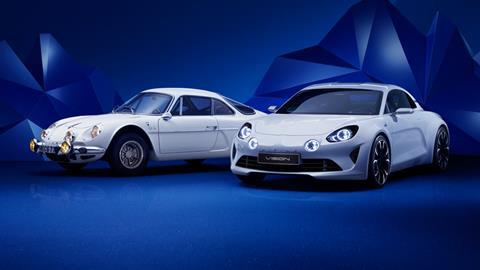
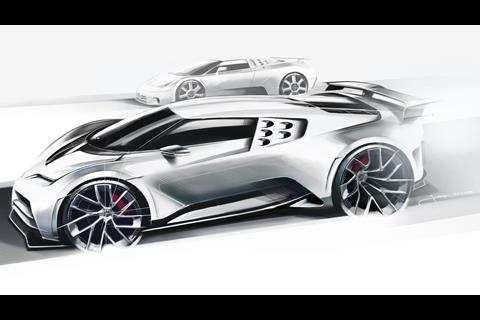
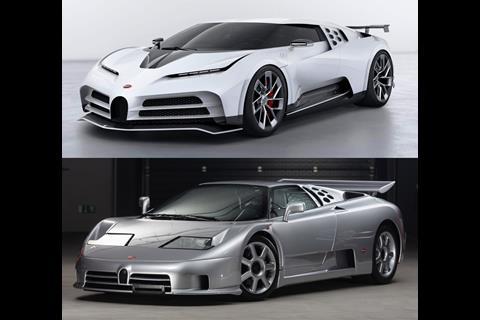
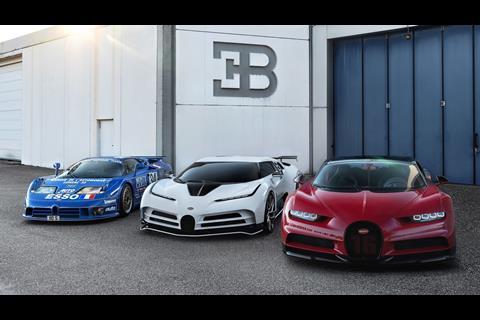
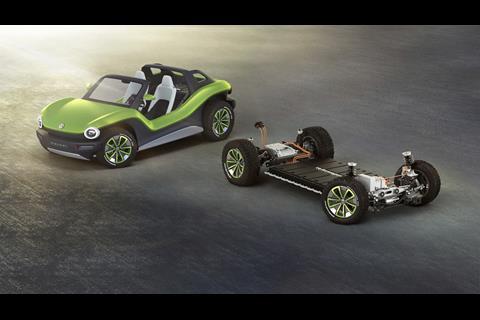
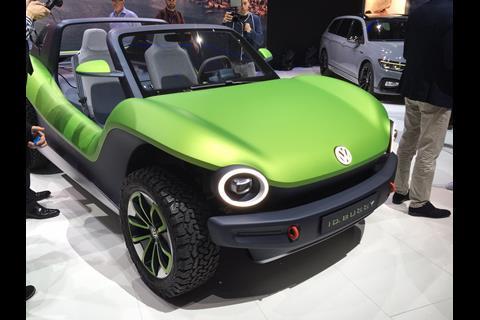

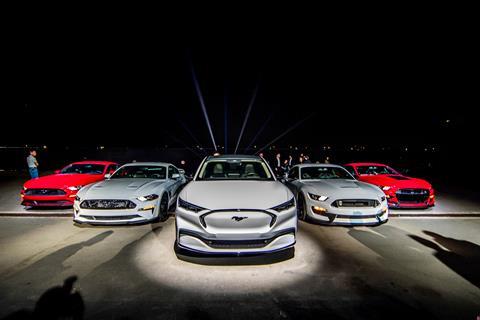
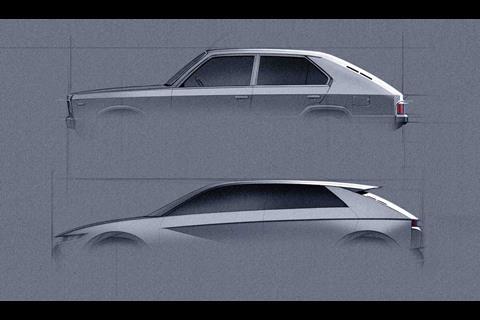

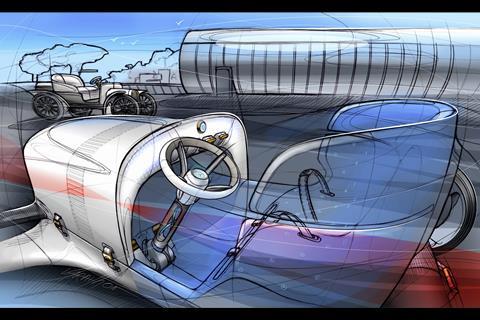
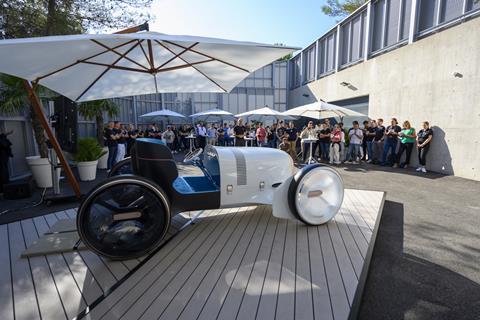
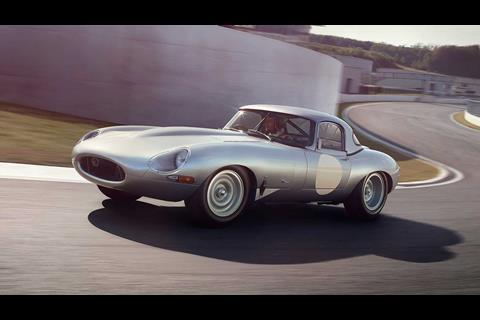
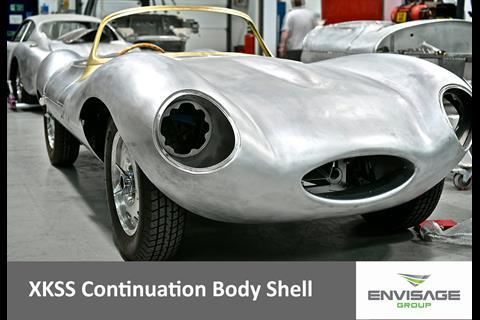

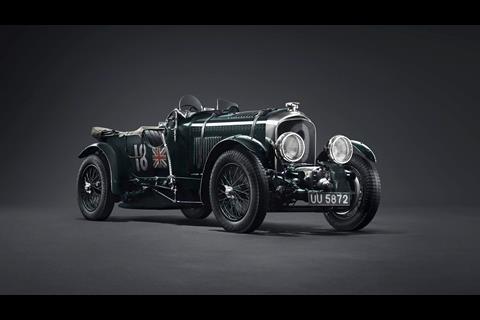
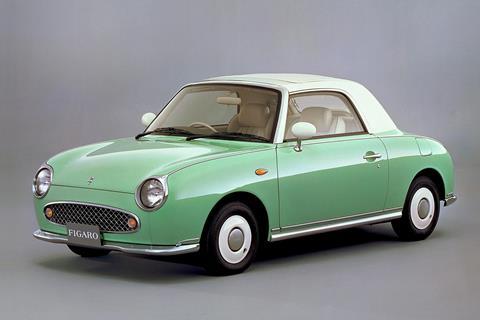
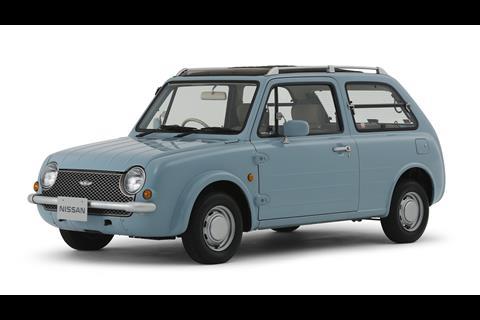

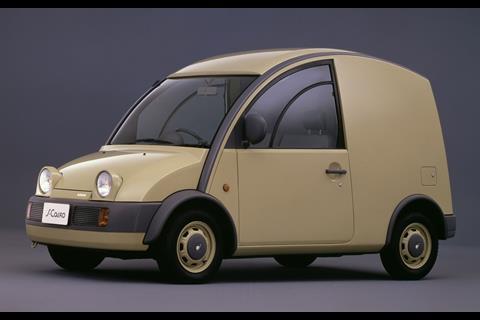
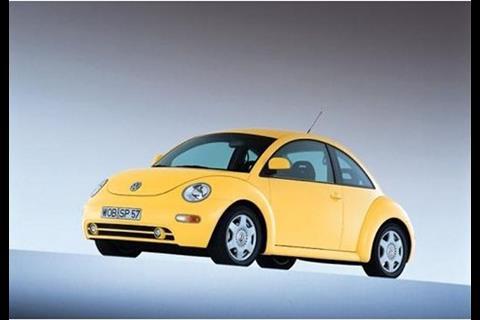

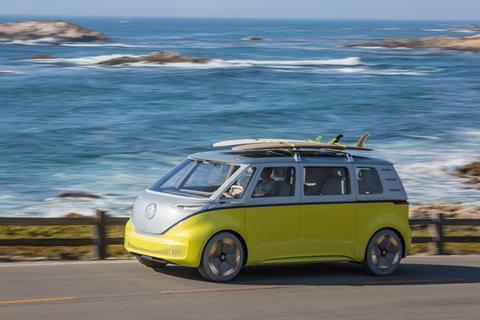
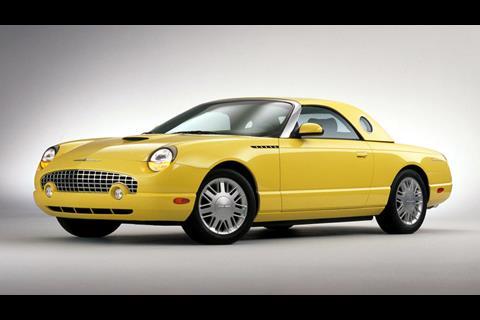


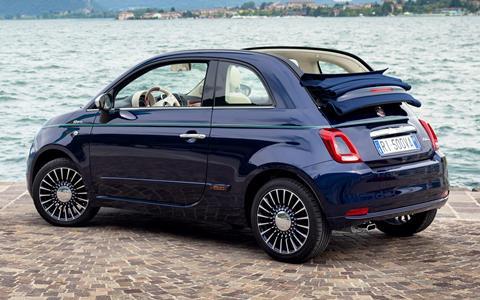
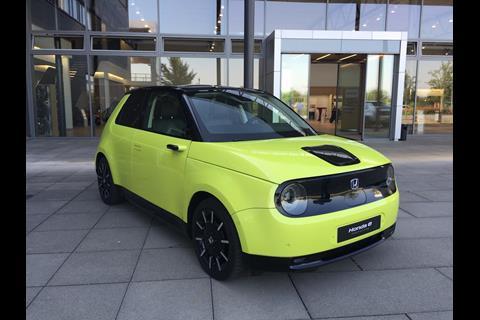

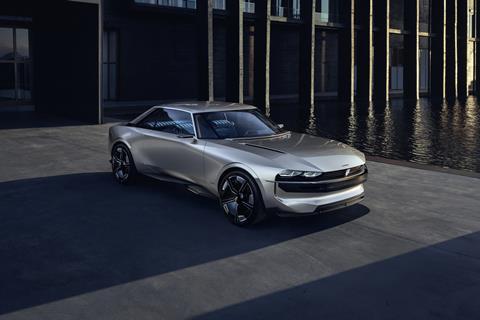
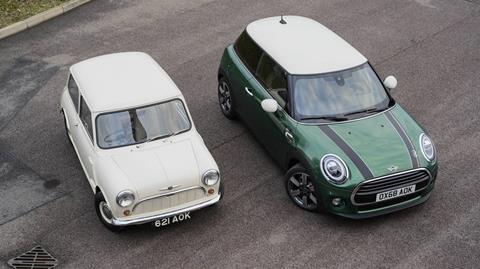
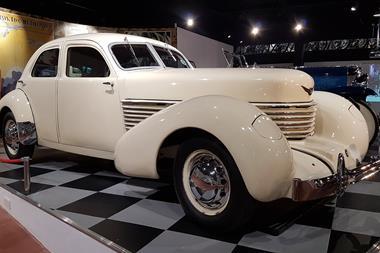

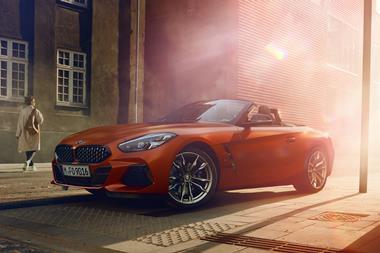
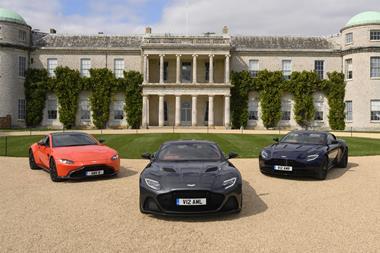
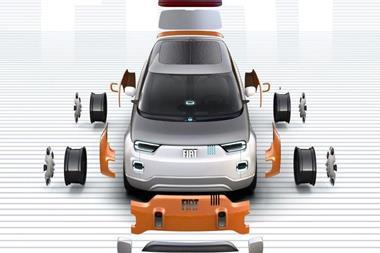
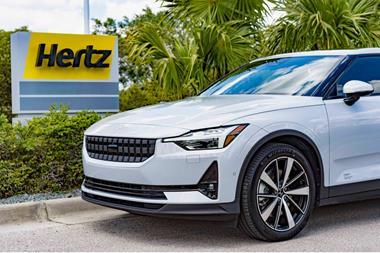



1 Reader's comment